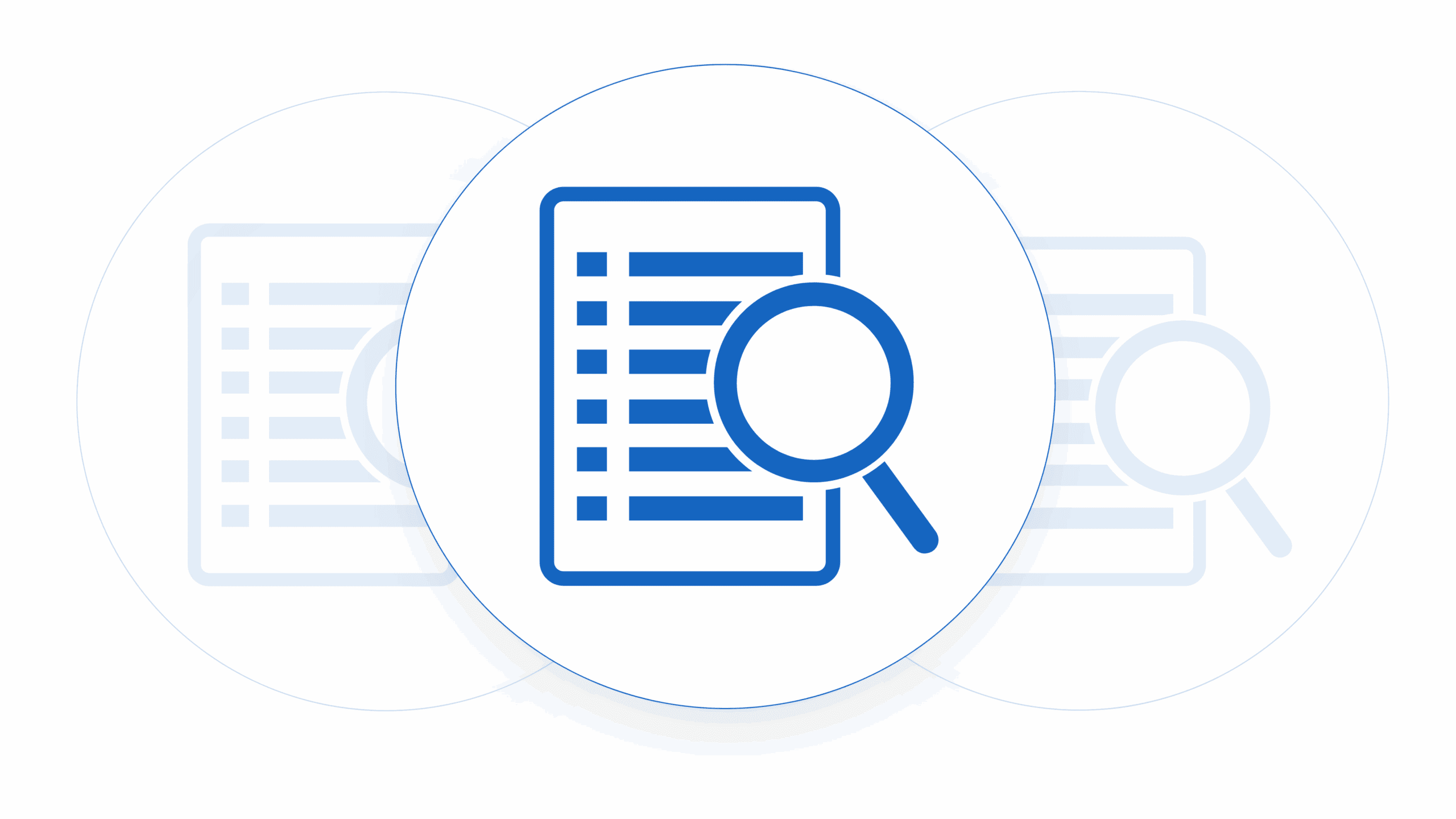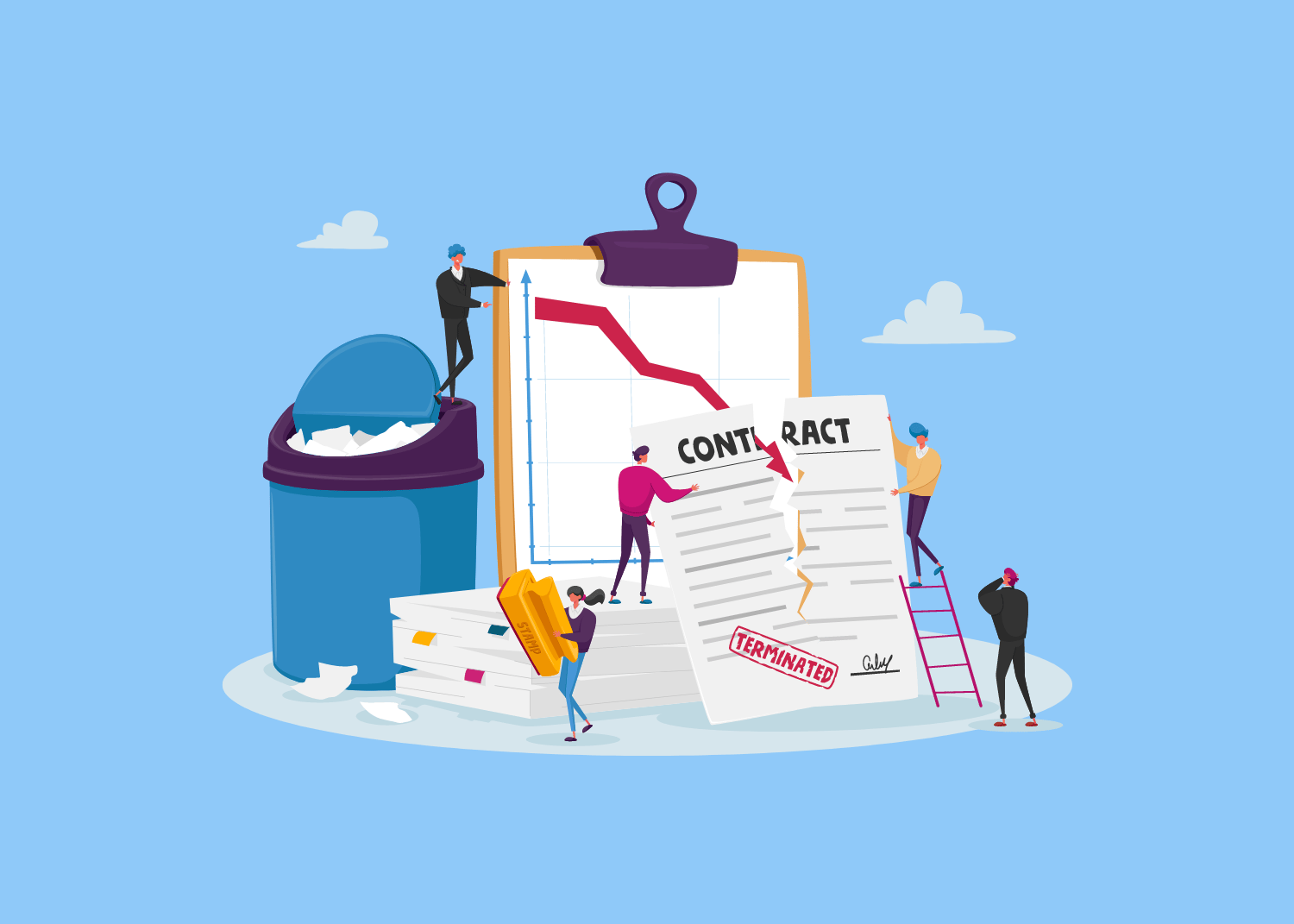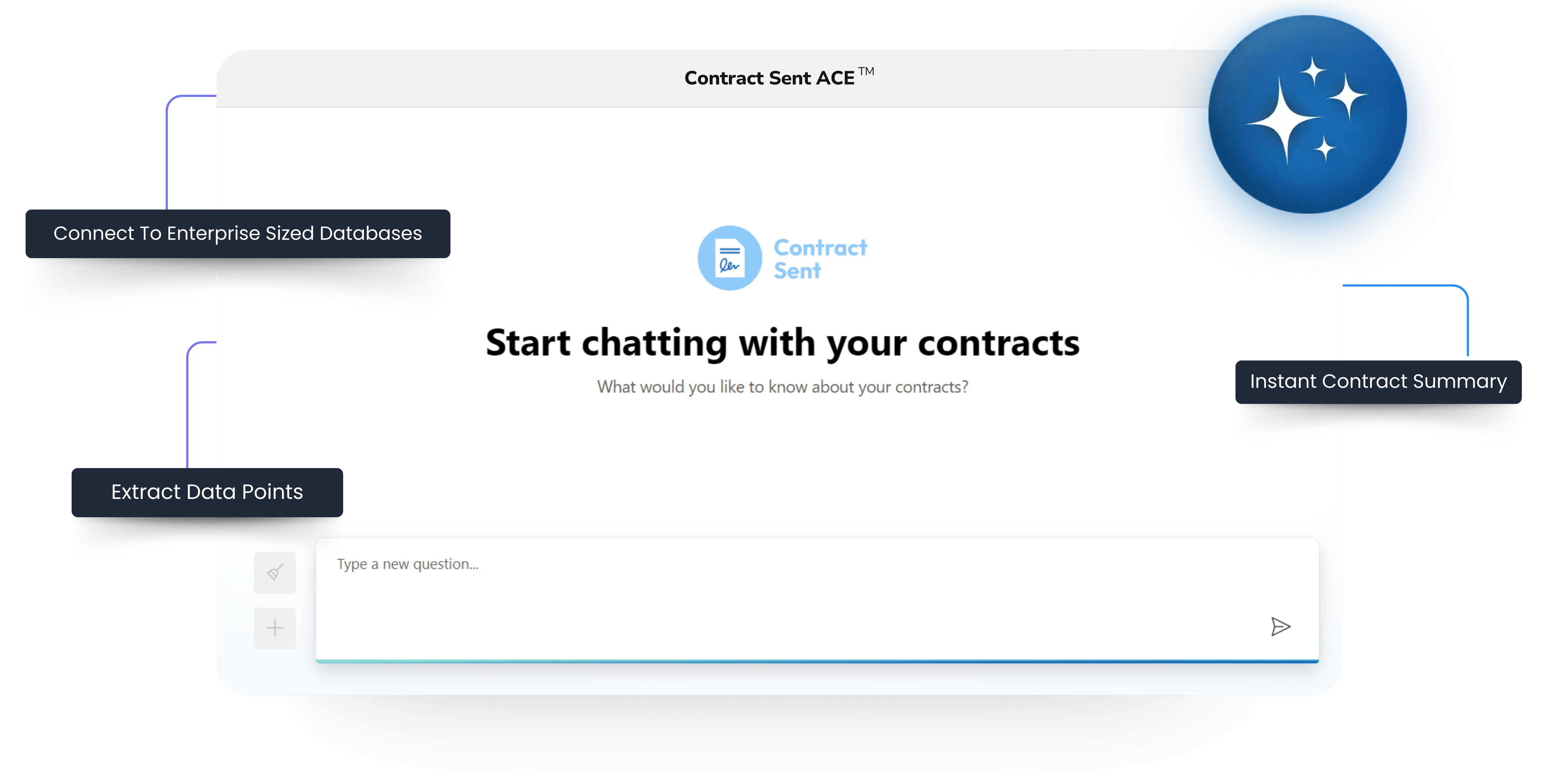One of the core advantages of running a software as a Service (SaaS) business is the predictability and repeatability of the business model. Being able to have a clearer confidence of future cashflows de-risks businesses and makes it easier to get investment. One thing that makes this the case for SaaS businesses is the ability to invoice customers for annual income in advance. Annual recurring revenue is a key metric of any scalable SaaS business. This is built into software contracts and makes the business model a great one. Although there is a tiny caveat that a lot SaaS contracts have which can jeopardise this. The termination clause, which outlines the conditions under which either party can end the agreement. While most termination clauses address breaches of contract, there is a unique provision called the “termination for convenience” clause that deserves special attention.
What is Termination for Convenience?
A termination for convenience clause in a SaaS contract allows either party (but usually the customer) to terminate the agreement without any breach of contract occurring. This means that the customer or the SaaS provider can end the contract at any time, for any reason, without incurring any liability or penalty. This may seem like an unusual provision to include in a legal agreement, but it is something that is very commonly negotiated for by enterprise customers.
For the customer, a termination for convenience clause provides the flexibility to switch to a different software provider if their needs change or if they are dissatisfied with the services provided by your company. At the end of the day they are taking a big risk on an unproven technology (sorry, in their eyes your fifty customers does not constitute prove of sustainability). This can be particularly useful in industries that experience rapid technological advancements or market fluctuations or where the use case for the customer is one that hasn’t totally be fleshed out yet, as customers may need to adapt quickly to remain competitive.
On the other hand, for your company, a termination for convenience clause can be advantageous because it provides them with some degree of protection against unexpected changes in the market or regulatory environment. But this is looking at the bright side. In reality it gives you a lot more negative risk than positive upside. Although, for example, if a new law or regulation is passed that affects your ability to offer the service, you can terminate the contract without incurring any financial penalties, it sets you up with the large risk of a customer being able to leave you at any time (doesn’t sound all that predictable). It does ease a bit of risk in that a termination for convenience clause can be helpful if your company is experiencing financial difficulties and needs to reduce its operational costs by cutting service to unprofitable customers, but honestly this is not a common thing to happen.
While a termination for convenience clause can be beneficial for both parties, the potential risks and limitations associated with this provision far outweigh the upsides. One potential risk is that the customer may abuse the clause by terminating the contract prematurely, which can result in an abrupt loss of revenue for your company and it can mean that your ARR is not really ARR at all. To mitigate this risk, some providers may include a minimum contract term or require the customer to give a certain amount of notice before terminating the agreement. The minimum spend is a common provision in a lot of SOWs.
Another limitation of a termination for convenience clause is that it may not be appropriate for a lot of SaaS contracts. For example, if the customer has made a significant investment in building specific feature sets or launch programs for the software or integrating it with other systems, a termination for convenience clause may not be practical or ultimately very unprofitable. In these cases, the contract may include a termination fee or require the customer to reimburse the provider for any costs associated with the termination.
It’s also important to note that a termination for convenience clause does not relieve either party of their obligations under the contract up until the point of termination. For example, if the customer terminates the contract for convenience, they will usually still be required to pay any outstanding fees or fulfill any outstanding obligations under the agreement. This stops people from changing their mind a couple of months in and not paying you completely.
A termination for convenience clause is an important provision to avoid having in a SaaS contract. But when customer requests it you should look to negotiate it to protect your income. It can provide both the customer and the provider with flexibility and protection against unexpected changes in the market or regulatory environment. However, it’s important to understand the potential risks to your ARR and limitations associated with this provision and to ensure that it’s appropriate for the specific needs of the contract. As with any legal agreement, it’s always a good idea to have a chat with your in house or external lawyer before you sign a SaaS contract with a termination for convenience clause.
How do I negotiate out a termination clause?
Negotiating a software sales contract with an enterprise customer can be a complex process, there are a number of levers that you can pull in the negotiation process. The good thing about this is that you can use these levels to give up some things in the negotiation process in order to have a termination for convenience clause removed. A clause that allows your customer to terminate the contract at any time, for any reason, without penalty or liability is not one that you want in a SaaS contract. While this provision can provide flexibility for both parties, as discussed above, you probably want to negotiate it out of the contract as it can prove risky for your ARR.
Here are some steps you can take to negotiate out a termination for convenience clause:
Understand the customer’s perspective
Before you start negotiating, it’s important to understand why the customer may want a termination for convenience clause. You’re a startup company selling to a well established enterprise company, for them using your software is risky. This means that they are trying to hedge this risk, for example, they may want the flexibility to switch to a competitor if their needs change or if they are dissatisfied with your services. Understanding this can help you frame your argument and identify alternative solutions that will de-risk the contract for them in different ways (such as service level agreements).
Identify your concerns
Next, you should identify your concerns with the termination for convenience clause. For example, you may be worried that the clause could result in a loss of revenue if the customer terminates the contract prematurely – this can be a disaster for a SaaS company that reports forward looking ARR. You may also be concerned about the potential for abuse of the clause or the impact it could have on your ability to plan or how people that invest in your business would view this risk.
Propose an alternative
Once you have identified your concerns, you can propose a way to work around this from a legal perspective. For example, you could propose a minimum contract term, a no refund clause for customers that pay upfront, a notice period, or a termination fee. You could also propose an alternative dispute resolution process, such as mediation or arbitration, to address any disputes that arise.
Explain the benefits of your proposal
When proposing an alternative, it’s important to explain the benefits of your proposal from the customer’s perspective. For example, you could explain how a minimum contract term would provide you with the stability to invest in your business and innovate your product, which in turn would benefit the customer. You could also explain how a termination fee would provide the customer with the flexibility to terminate the contract if necessary, while also compensating you for any losses.
Be prepared to compromise
Negotiation is all about compromise, so it’s important to be prepared to give up some things in the negotiation process to get what you want. Before going into this type of negotiation it’s best to write down what’s essential to have in your agreement and what’s nice to have (these are things that you can use as bargaining chips. By making concessions you’ll build a mutually beneficial agreement and keep everyone happy. In the long run this will be the best for the relationship with your customers.
Document the negotiation and agreement
During the contract negotiation process you should keep notes in your contract management system to keep track of the conversation as well as inform future conversations. Once you have reached an agreement, it’s important to update this in your contract. This should include a clearly worded version of the agreed-upon terms and any agreed-upon alternative solutions. It’s also a good idea to find a SaaS lawyer to review the agreement to ensure that it is legally binding and enforceable.
Negotiating out a termination for convenience clause is something that is very important in a software sales contracts with an enterprise customers. As you’re generally reporting your ARR on a monthly basis having a paying customer churn mid-contract is not a good look. This negotiation can be challenging, but it is possible if you approach the negotiation with a clear understanding of both you and your customers needs and concerns. By proposing alternative solutions, explaining the benefits of your proposal, and being prepared to compromise, you can reach a mutually beneficial agreement that means your customer feels like there is less risk and you know your ARR is safe.












